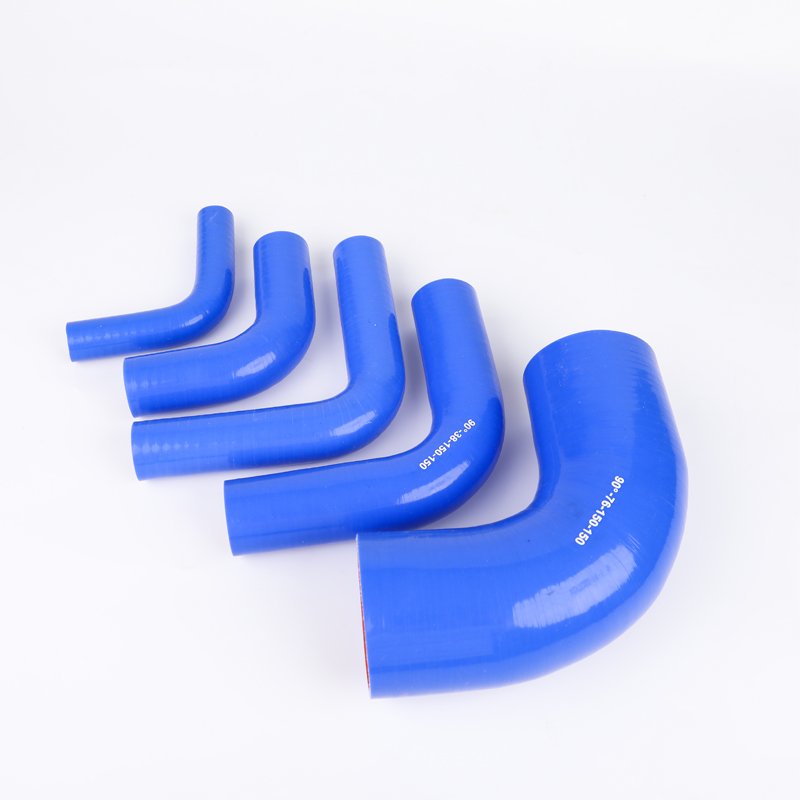Blue silicone hose is a type of hose made from silicone rubber that is commonly used in automotive and industrial applications. Silicone rubber is a synthetic elastomer that is known for its flexibility, durability, and resistance to extreme temperatures and chemicals.
Blue silicone hose is often used for high-performance applications, such as in turbocharger and intercooler systems in automotive engines, due to its ability to withstand high temperatures and pressures. The blue color of the hose is often used to distinguish it from other hoses in the engine compartment.
High-temperature resistance: Blue silicone hose can withstand temperatures ranging from -65°F to 350°F, making it suitable for use in high-temperature applications.
Chemical resistance: Blue silicone hose is resistant to many chemicals, including oils, fuels, and coolants, making it suitable for use in harsh chemical environments.
Durability: Blue silicone hose is durable and resistant to abrasion and tearing, making it suitable for use in rugged environments.
Flexibility: Blue silicone hose is flexible and can Blue Silicone Hose be easily bent and twisted without kinking or collapsing, making it easy to install and route.
Appearance: The blue color of the hose can add a visual appeal to the engine compartment and make it easier to distinguish from other hoses.
Overall, blue silicone hose is a reliable and durable solution for high-performance applications where resistance to extreme temperatures, chemicals, and abrasion is required. Its flexibility and ease of installation, along with its visual appeal, make it a popular choice for automotive and industrial applications.
Can blue silicone hose be used in marine applications?
Blue silicone hose is not generally recommended for use in marine applications. While silicone rubber is resistant to many chemicals, including oils and fuels, it is not recommended for use in saltwater or other marine environments due to its susceptibility to degradation from exposure to UV light, ozone, and saltwater.
Marine environments are particularly harsh, with exposure to saltwater, sunlight, and extreme temperatures, which can cause degradation and failure of the hose over time. Additionally, marine applications often require hoses that meet specific safety and regulatory requirements, such as fire resistance, which may not be met by standard blue silicone hose.
For marine applications, it’s recommended to use hoses that are specifically designed and rated for marine use, such as marine-grade rubber hoses or hoses made from other materials that are resistant to the harsh marine environment. These hoses are typically rated for exposure to saltwater, sunlight, and extreme temperatures, and meet the safety and regulatory requirements for marine applications.
